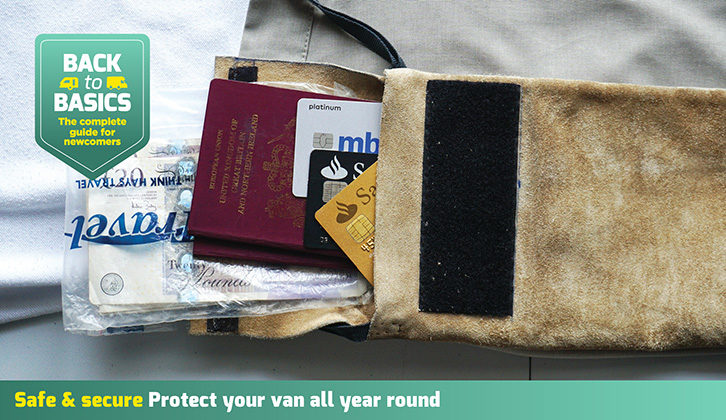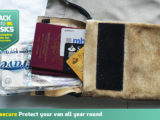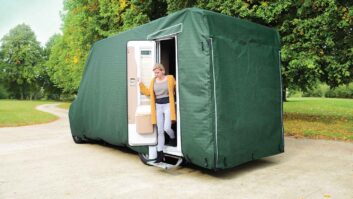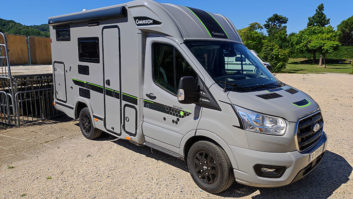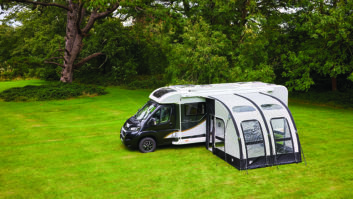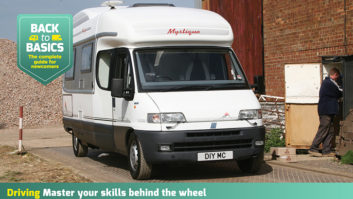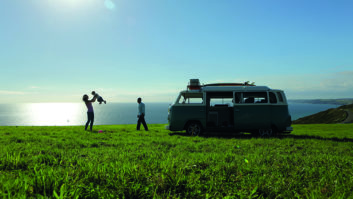When you’re on tour, you want to devote all of your time to rest and relaxation, not to worrying about making sure your cash and your kit are safe and secure.
And what a disaster, if you were to lose some or all of your portable valuables. It is, of course, best to leave your jewellery at home, but there are some things you simply can’t do without.
Lose your passports and you will need to seek out a British embassy and pay £100 each for an emergency travel document. This is only valid for the one trip home – there will be extra costs in renewing your passports.
And if your cash is stolen, this is unlikely to be covered by your travel insurance. Losing your credit cards also causes a lot of hassle, because you will have to cancel and renew them.
Loss of your keys does not bear thinking about: having to replace a ’van’s locks can cost hundreds. The good news is, with just a bit of planning, you can protect your belongings and enjoy your trip – if you’re after some more tips too, see what Diamond Dave has to say about protecting your ‘van.
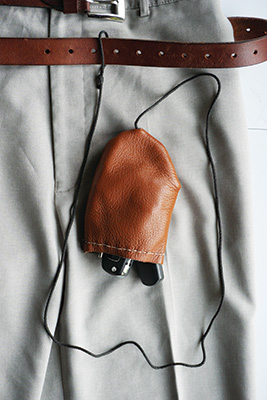
Passports, cash, cards
It would be best if at least one member of your party has a large belt pouch, worn under the clothes, to keep your passports, cash and credit cards safe, with only small sums of ready money kept in your pocket.
This does require some thinking ahead, but it’s not usually difficult to find a quiet place where you can pull out your pouch and replenish cash and so on, when necessary.
Handy belt pouch
An excellent pouch can be made from a 330 x 170mm piece of chamois leather. This material is hardwearing, flexible and comfortable. You will also need strong, 10mm, synthetic tape for the belt loops.
First, cut out the leather and prepare two 320mm lengths of the tape, which should be fixed temporarily in position. Cut a width of Velcro and stitch it to the front of the pouch, where the flap will close.
Use a simple running stitch and some strong, synthetic thread to sew around the two open sides, then go back over this in reverse to complete the stitches. Now turn the pouch inside out and add the other Velcro element to the inside of the flap.
Using the pouch
Rest the empty pouch, facing forwards with the tape loops overlapping your trouser belt, just to one side of the centreline. Pass one tape loop through a belt loop and then roll up the pouch and pass it through the end of the tape loop.
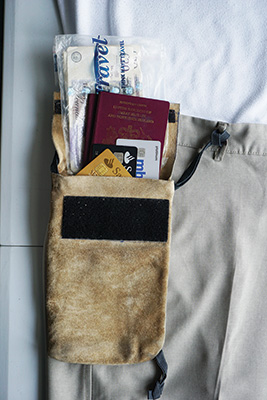
By pulling this tight, you form a positive knot to the trouser belt loop, so if you are required to remove your belt for a security screening, you can rest assured that your pouch will remain securely in place.
Some people might prefer to position the tapes so the pouch is worn horizontally – I fitted a third tape for this eventuality, but have never found it necessary.
Key safety
You could use a key chain, but these can often be rather short, a bit obtrusive and easily tangled up.
A far better option is a 1.2m length of 3mm nylon cord, in a dark colour. This is about the thickness of a bootlace and will be long enough for a small keyring loop at one end and a larger belt loop at the other.
Mobile phones
Keeping your phone secure can be a bit more difficult, especially if you use it a lot!
The risks are twofold – if your pocket is picked and you don’t immediately notice your phone has been stolen, the thief could easily run up a substantial bill on your account. Or you could have it snatched from your hand.
The common-sense advice is not to carry your phone in a back pocket where it is visible, and to avoid walking around with it in your hand.
If you can, stand with your back to a wall while using the phone, so you can spot anyone approaching you, including thieves on mopeds or bicycles.
Handbags
If at all possible, decant the essential items from your usual handbag into a small, slim bag that has a long strap, so you can wear it across the body. If you can, wear a jacket or jersey over the bag.
Keep valuable articles in your bag to a minimum and never hang it on the back of a chair or put it on the ground when you sit down – if you do take it off, it is safer on your knee.
Motorhome safe
You cannot take valuables to the poolside – you need a safe in your ’van. On the site, with your motorhome immobilised, you can then enjoy a relaxing swim.
You can find out more great tips and advice for staying safe on tour by heading to our Back to Basics: Safe and Secure category.
Future Publishing Limited, the publisher of practicalmotorhome.com, provides the information in this article in good faith and makes no representation as to its completeness or accuracy. Individuals carrying out the instructions do so at their own risk and must exercise their independent judgement in determining the appropriateness of the advice to their circumstances. Individuals should take appropriate safety precautions and be aware of the risk of electrocution when dealing with electrical products. To the fullest extent permitted by law, neither Future nor its employees or agents shall have any liability in connection with the use of this information. You should check that any van warranty will not be affected before proceeding with DIY projects.
Looking for the perfect destination to head to for your next touring adventure? Then be sure to take a look at our best motorhome site guide, where we share the standout locations from across the country.
If you’ve enjoyed reading this article, why not get the latest news, reviews and features delivered direct to your door or inbox every month. Take advantage of our brilliant Practical Motorhome magazine SUBSCRIBERS’ OFFER and SIGN UP TO OUR NEWSLETTER for regular weekly updates on all things motorhome related.
